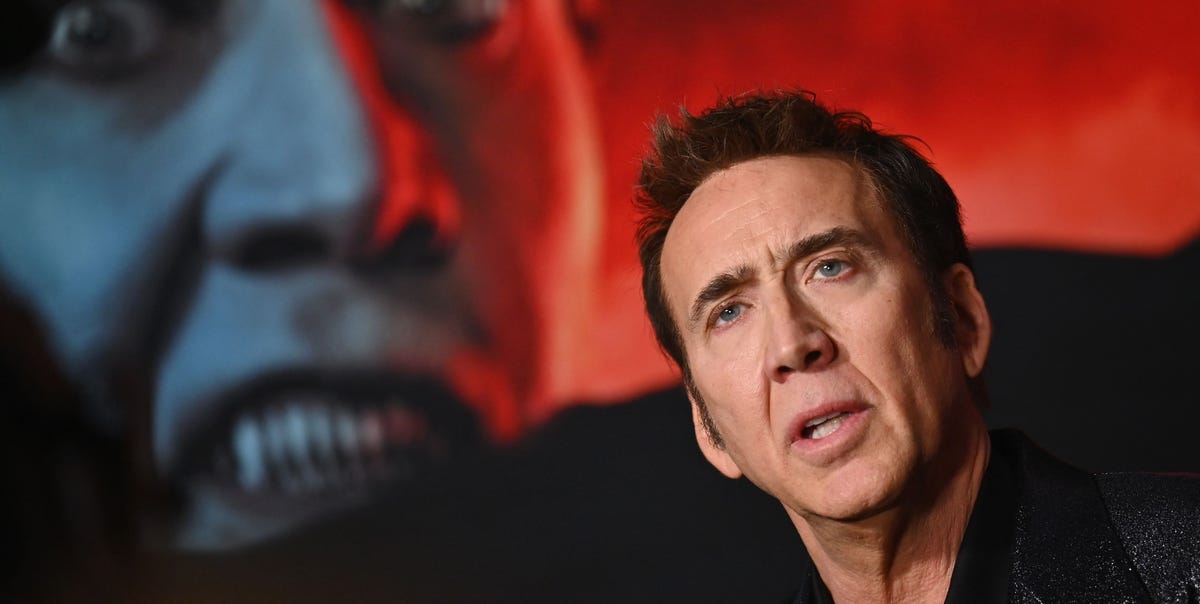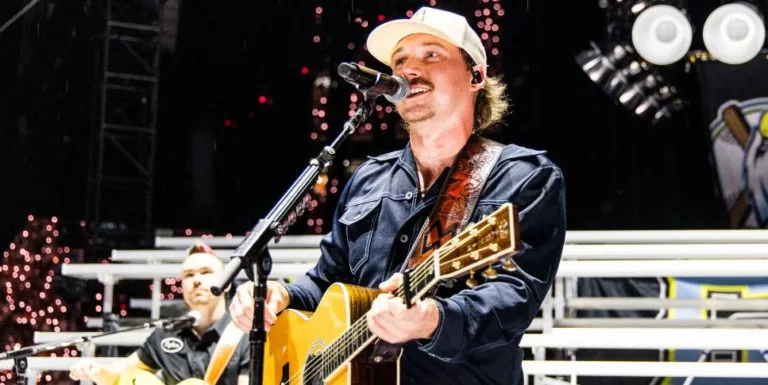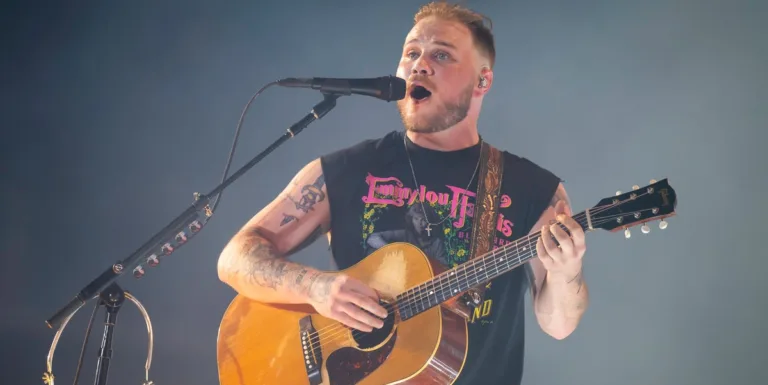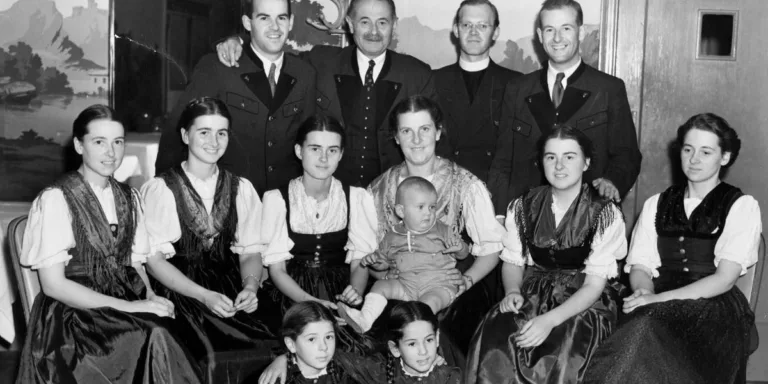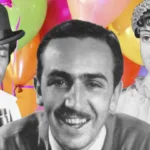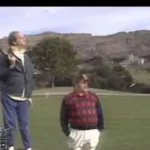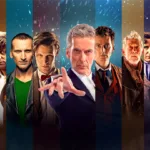Dracula, the enigmatic vampire count, has captivated audiences for over a century. From Bram Stoker’s chilling novel to countless adaptations in film, television, and theater, Dracula has become a cultural icon, representing both fear and fascination. His enduring popularity stems from his Complex Characterization: a seductive yet terrifying creature who embodies our deepest desires and darkest fears.
This exploration delves into the fascinating world of Dracula Actors, examining how different performers have brought this legendary figure to life on screen. Each actor, with their unique style and interpretation, has contributed to Dracula’s Rich Cinematic Legacy. We’Ll Journey Through Time, from early silent film portrayals to Modern Takes, highlighting the evolution of Dracula’s image and the impact these actors of dracula have had on popular culture.
Get ready to be transported into a world of shadows, suspense, and unforgettable performances as we uncover the stories behind some of the Most Iconic Dracula actors!
Early Adaptations: Nosferatu and Bela Lugosi
The silent era gave birth to some of the earliest and most influential Dracula adaptations. In 1922, F.w. Murnau’S Masterpiece “Nosferatu” introduced the world to a truly unsettling interpretation of the vampire count. Max Schreck’s gaunt visage and disturbing movements created a chillingly realistic depiction of Dracula as a monstrous creature of darkness. This groundbreaking film set the standard for subsequent portrayals, influencing countless filmmakers and establishing key visual elements associated with the vampire archetype.
A decade later, Universal Pictures released its own iconic take on Dracula, starring Bela Lugosi. Lugosi’s performance in the 1931 film brought a new dimension to the character, imbuing him with a suave sophistication that made him both alluring and terrifying. His Transylvanian accent, Piercing Gaze, and commanding presence solidified his place as the definitive Dracula for generations of viewers. Lugosi’s portrayal became synonymous with the Vampire Archetype, shaping popular perceptions of Dracula for Decades To Come.
 Joan Baez & Bob Dylan: A Folk Music Love Story
Joan Baez & Bob Dylan: A Folk Music Love StoryThe Hammer Horror Era and Beyond
The 1950s and 60s saw the rise of Hammer Horror, a British studio known for its stylish and often gory adaptations of Classic Horror Stories. Their take on Dracula, spearheaded by Christopher Lee, became a sensation, introducing a more muscular, physically imposing version of the vampire count. Lee’S Charismatic Performance, coupled with Hammer’s innovative use of color and special effects, breathed new life into the Dracula mythos, appealing to a wider audience and solidifying his place as one of cinema’S Most Enduring actors who played Dracula.
The legacy of Dracula has continued to evolve through the decades, with diverse actors bringing their unique interpretations to the role. From John Carradine’s theatricality in the 1940s to Frank Langella’s intellectual sophistication in the 1970s, each actor who played Dracula has contributed to the character’s Enduring Appeal. Modern adaptations have explored different facets of Dracula, from Morgan Freeman’s regal portrayal in “Dracula” (2006) to Gary Oldman’s complex and tragic figure in “Bram Stoker’s Dracula” (1992). The vampire count continues to fascinate audiences, proving that the legend of Dracula endures through the talent and creativity of Dracula actors across generations.
Modern Interpretations: A Diverse Range
Contemporary adaptations of Dracula demonstrate the character’s enduring relevance and adaptability to Modern Storytelling. We see this in films like “Dracula Untold” (2014), which reimagines the vampire origin story with a focus on action and adventure, starring Luke Evans as a conflicted Vlad The Impaler. This trend towards diverse interpretations continues with directors exploring different genres and perspectives.
Recent years have also seen comedic takes on Dracula, proving that even this iconic figure can be approached with humor. Mel Brooks’s “Dracula: Dead And Loving It” (1995) offers a hilarious parody of classic Horror Tropes, while Leslie Nielsen stars in the Comedic Spoof “Dracula: The Musical” (2006). These films showcase the versatility of Dracula as a character who can be both terrifying and entertaining, appealing to a wide range of audiences.
From Gerard Butler’s brooding intensity in “Dracula 3D” (2012) to Adam Sandler’s unexpected turn as the vampire count in “Hotel Transylvania” (2012), modern dracula actors continue to push boundaries and redefine what it means to portray this legendary figure.
Dracula as Comedic Icon
Dracula’s enduring appeal extends beyond the realm of horror, proving to be a surprisingly fertile ground for comedic reinterpretations. The inherent absurdity of a centuries-old vampire grappling with modern society Lends Itself Perfectly To Humor. Mel Brooks’s “Dracula: Dead And Loving It” (1995) is a prime example, offering a hilarious parody of classic horror tropes with slapstick comedy and Witty Dialogue.
Leslie Nielsen further cemented Dracula’s comedic potential in “Dracula: The Musical” (2006), playing the vampire count as a bumbling yet lovable character who struggles to navigate the complexities of love and life. These films demonstrate that even the most terrifying creatures can be sources of laughter, proving that Dracula actors can excel in both dramatic and comedic roles.
The success of these comedic takes on Dracula highlights the character’s versatility and enduring cultural impact. He transcends genre boundaries, reminding us that humor can often be found in the most unexpected places.
Legacy of the Vampire Count
The legacy of Dracula is undeniable. He remains one of the most iconic and recognizable figures in popular culture, transcending generations and inspiring countless adaptations Across Various Mediums. From classic horror films to modern comedies, From Literature To Video Games, Dracula’s influence continues to be felt across the entertainment landscape.
His enduring popularity can be attributed To His Multifaceted Nature. He embodies both fear and fascination, representing our primal anxieties about death, darkness, and the unknown. Yet, he also possesses a certain allure, a sense of romanticism and tragedy that has captivated audiences for over a century. The countless dracula actors who have Brought Him To Life, each with their own unique interpretation, further contribute to his enduring legacy.
Dracula’S Story Continues To Evolve, reflecting changing societal values and cultural anxieties. He remains a powerful symbol of our fascination with the dark side of human nature, reminding us that even in the face of fear, there is always room for creativity, imagination, and perhaps even a touch of humor.

